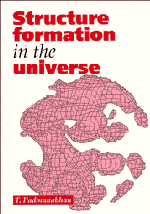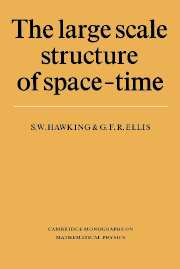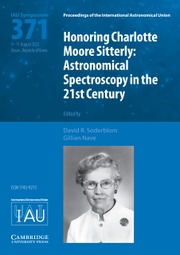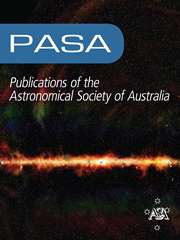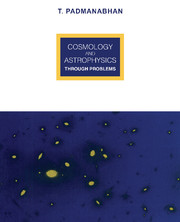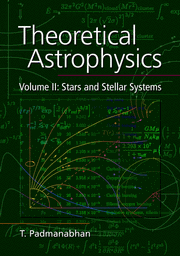Structure Formation in the Universe
$105.00 (P)
- Author: T. Padmanabhan, Inter-University Centre for Astronomy and Astrophysics (IUCAA), Pune, India
- Date Published: June 1993
- availability: Available
- format: Paperback
- isbn: 9780521424868
$
105.00
(P)
Paperback
Looking for an examination copy?
This title is not currently available for examination. However, if you are interested in the title for your course we can consider offering an examination copy. To register your interest please contact [email protected] providing details of the course you are teaching.
-
Understanding the way in which large-scale structures such as galaxies form remains the most challenging problem in cosmology today. This text provides an up-to-date and pedagogical introduction to this exciting area of research. Part 1 deals with the Friedmann model, the thermal history of the universe, and includes a description of observed structures in the universe. Part 2 describes the theory of gravitational instability in both the linear and nonlinear regimes. This part also includes chapters on the microwave background radiation, Large-scale velocity fields, quasars, and high redshift objects. Part 3 of the book covers inflation, cosmic strings, and dark matter. Each chapter is accompanied by a comprehensive set of exercises to help the reader in self-study.
Read more- One of most challenging problems in cosmology today
- Each chapter is accompanied by a comprehensive set of exercises to help the reader in self-study
Reviews & endorsements
'Padmanabhan has written an invaluable exposition from first physical principles of almost all the things that a new graduate student embarking upon research in theoretical cosmology needs to know … A unique feature, for a book at this level, is the extensive collection of advanced problems at the end of each chapter … Overall, I found Padmanabhan's book to be an extremely useful working text that covers most of the topics at the research frontier.' Prof. John Barrow, The Times Higher Education Supplement
See more reviews'This highly readable book gives an excellent exposition of the ideas and methods required up to now, to carry through the programme of modelling structure formation in the universe … the main points and the key ideas are presented in a form that should not date rapidly. The author is to be congratulated on achieving this difficult task.' Classical and Quantum Gravity
' … destined to become a classic of its kind.' New Scientist
Customer reviews
Not yet reviewed
Be the first to review
Review was not posted due to profanity
×Product details
- Date Published: June 1993
- format: Paperback
- isbn: 9780521424868
- length: 500 pages
- dimensions: 255 x 181 x 31 mm
- weight: 0.865kg
- contains: 25 b/w illus. 4 tables
- availability: Available
Table of Contents
Preface
Part I. The Smooth Universe:
1. Introducing the Universe
2. The Friedmann model
3. Thermal history of the Universe
Part II. The Clumpy Universe:
4. Growth of linear perturbations
5. Statistical properties of the density fluctuations
6. The microwave background radiation
7. The linear theory: velocity fields
8. The non-linear evolution
9. The non-linear theory: high redshift objects
Part III. Towards a More Complete Picture:
10. The origin of initial perturbations
11. Dark matter
12. Epilogue
Appendices
Notes and references
Index.
Sorry, this resource is locked
Please register or sign in to request access. If you are having problems accessing these resources please email [email protected]
Register Sign in» Proceed
You are now leaving the Cambridge University Press website. Your eBook purchase and download will be completed by our partner www.ebooks.com. Please see the permission section of the www.ebooks.com catalogue page for details of the print & copy limits on our eBooks.
Continue ×Are you sure you want to delete your account?
This cannot be undone.
Thank you for your feedback which will help us improve our service.
If you requested a response, we will make sure to get back to you shortly.
×
